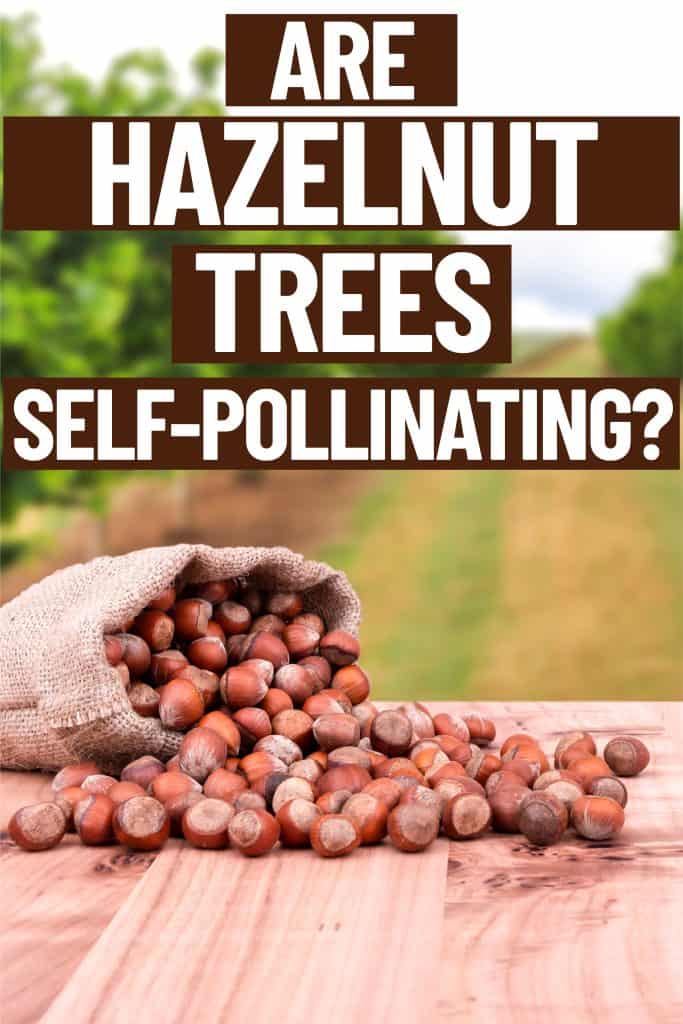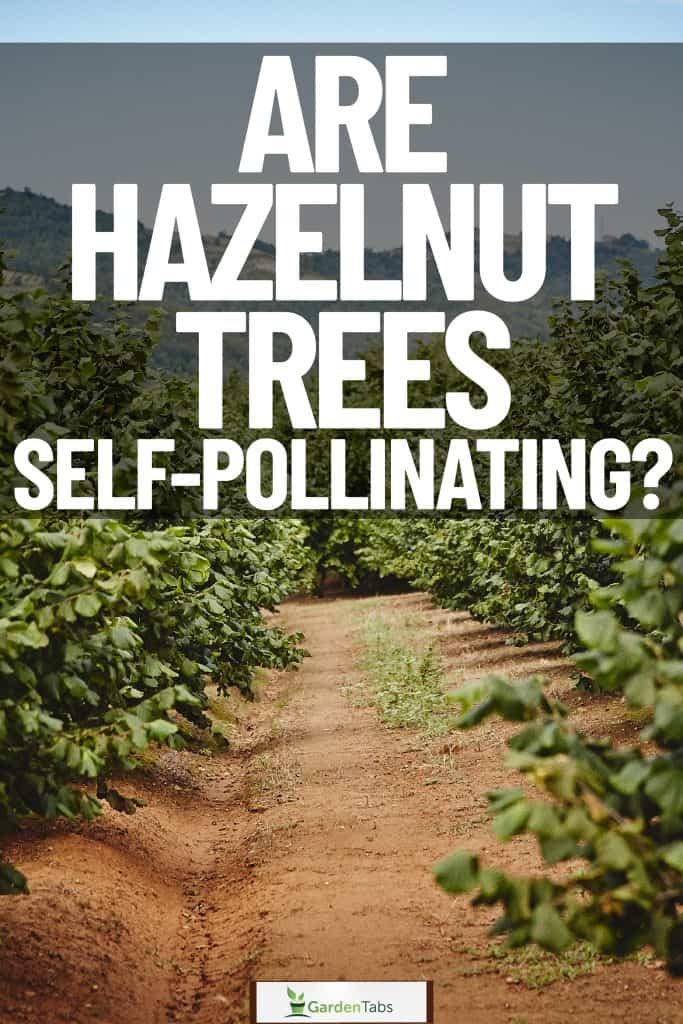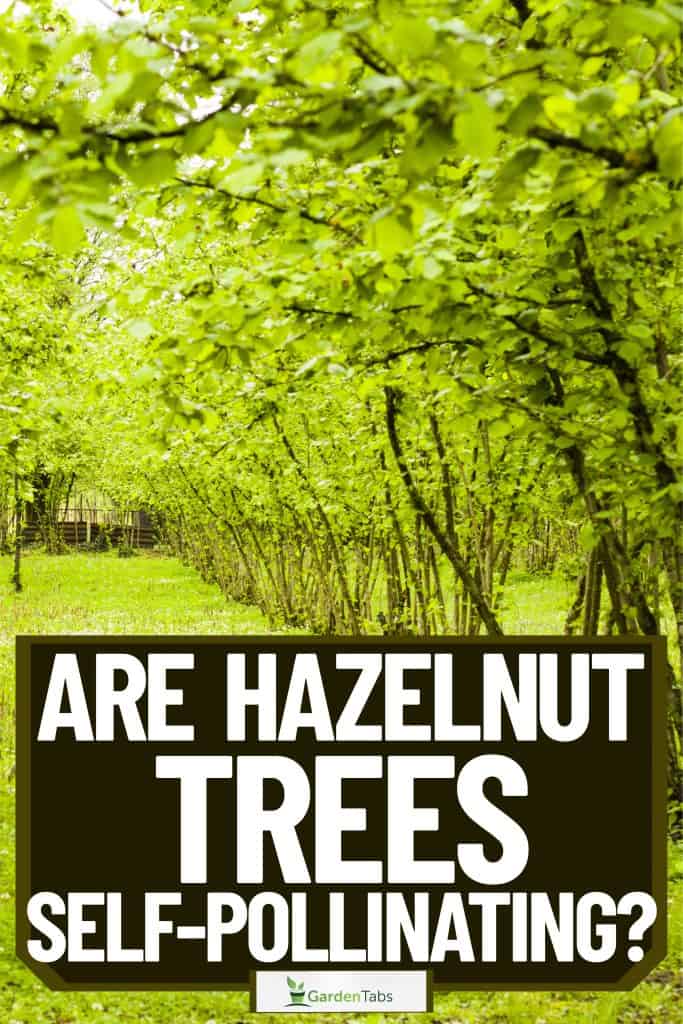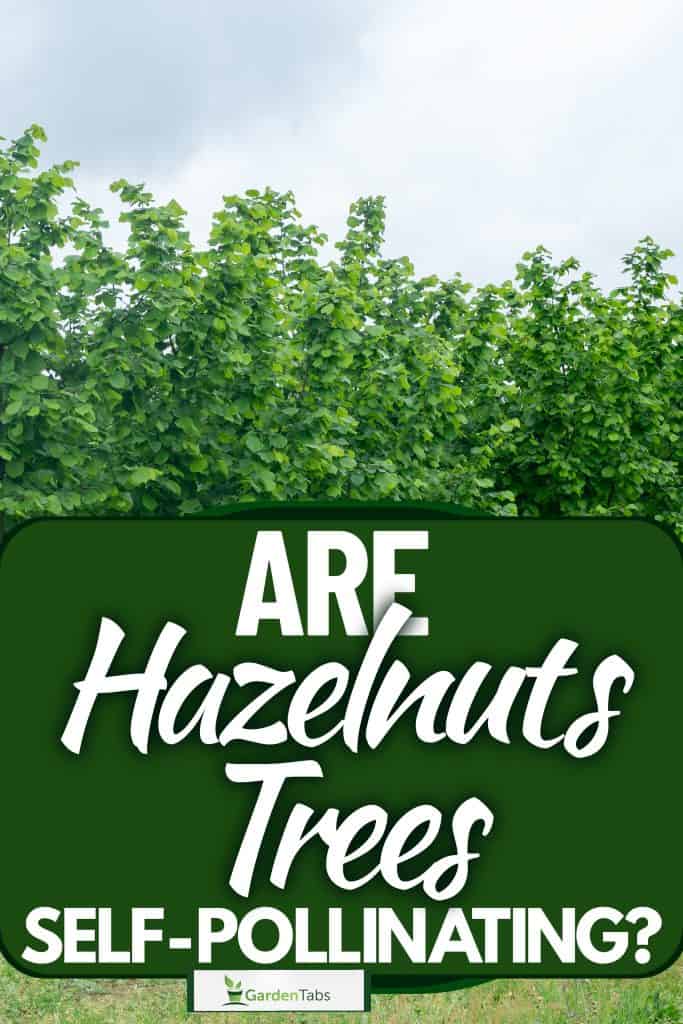Figuring out what your tree needs for a successful yield each year can be tricky. For example, do you have a hazelnut tree in your garden but don't know if you need another? Does this tree species self-pollinate, or does it rely on a partner plant for this?
Luckily, we've done plenty of research and have the answer for you below.
Unfortunately, hazelnut trees are not able to self-pollinate. Because of this, your tree, if alone, will not produce nuts until a compatible partner tree is planted nearby.
It's also worth noting that not all hazelnut tree varieties are compatible. Therefore, you want to ensure the ones you pair can successfully pollinate each other. Growing these can be tricky, so the more hazelnut trees you plant, the better chance of pollination.
As we start this article, we will cover all things hazelnut trees and discuss how they pollinate. Whether you're new to hazelnut growing, have a few trees in your landscape, or need other tips and tricks, we've got your back. With that said, let's dive right into this topic!
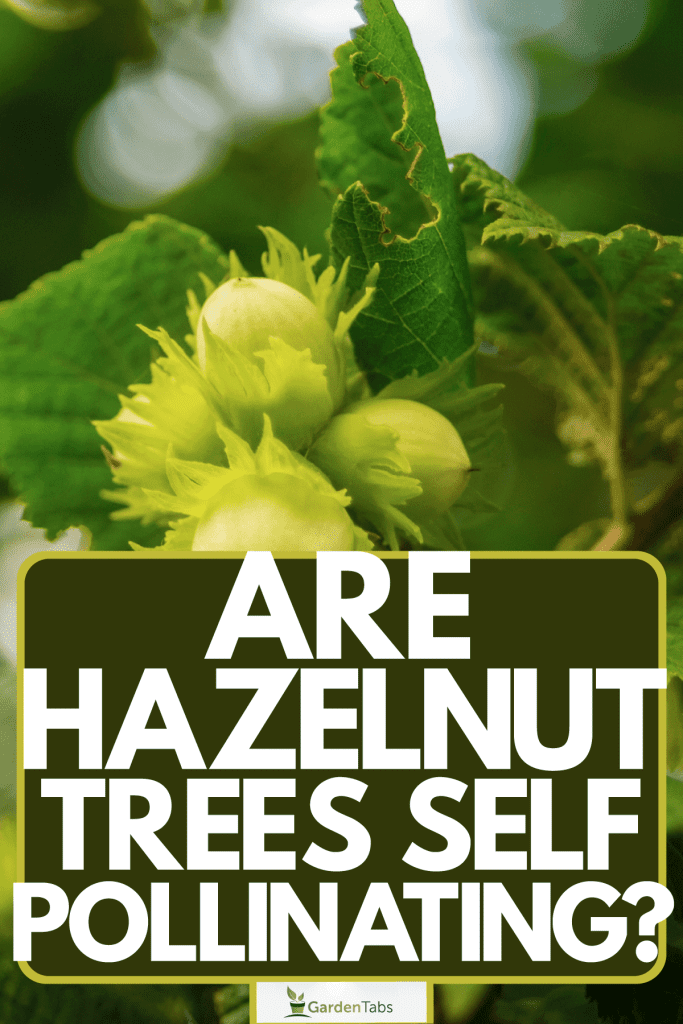
Do Hazelnut Trees Pollinate Themselves?
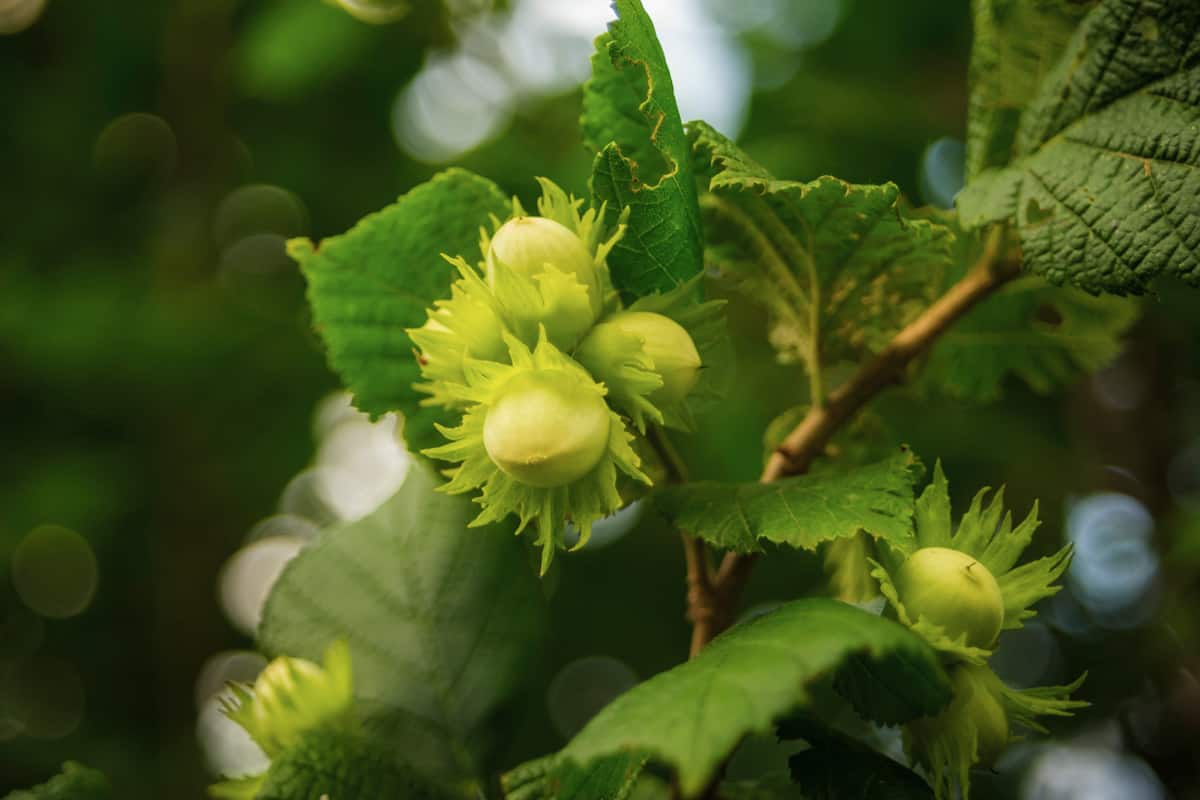
No, hazelnut trees cannot pollinate themselves, meaning your tree won't make nuts if it's alone. Generally, hazelnut trees require a partner tree nearby, which will pollinate it.
According to experts, your hazelnut tree needs a pollinizer to set nuts, with more trees equalling more production. Furthermore, not every hazelnut variety will be able to pollinate the other.
You'll need your hazelnut tree to cross-pollinate with another nearby tree versus self-pollinating as some species can do. Another interesting feature of hazelnut trees is that their flowers are monoecious (male and female).
So, your hazelnut tree could easily bloom at different times, with male flowers starting off the season or vice versa. This plant species is a bit quirky in how it grows and pollinates, so try to be patient.
Your hazelnut tree will also depend heavily on winds to assist in cross-pollination, so without it, your tree could struggle to form and produce nuts.
This process is tedious, often relying on the perfect set of conditions to happen each year.
Should I Plant Two Hazelnut Trees Together In My Yard?
If you want nuts to form on your hazelnut trees, make sure to plant more than one. As we said, this species requires another partner tree to cross-pollinate with, meaning two or more hazelnuts is ideal.
Many gardeners claim you'll succeed better if you plant hazelnut trees in groups. Therefore, it might be worth it to grow more than two trees to ensure at least a few are compatible and can cross-pollinate with each other.
On top of that, depending on the winds, your trees could help pollinate others throughout the area. Giving your garden enough chance for cross-pollination is key.
For the spacing between your two hazelnut trees, we recommend leaving 15 feet. If planting from seed, you also want to keep your new tree in the first two inches of soil.
Therefore, you won't need to go super deep or far away when planning out a future hazelnut-filled landscape. Although particular with their partners, these trees are fun plants to watch grow.
How Many Hazelnut Trees Do You Need?
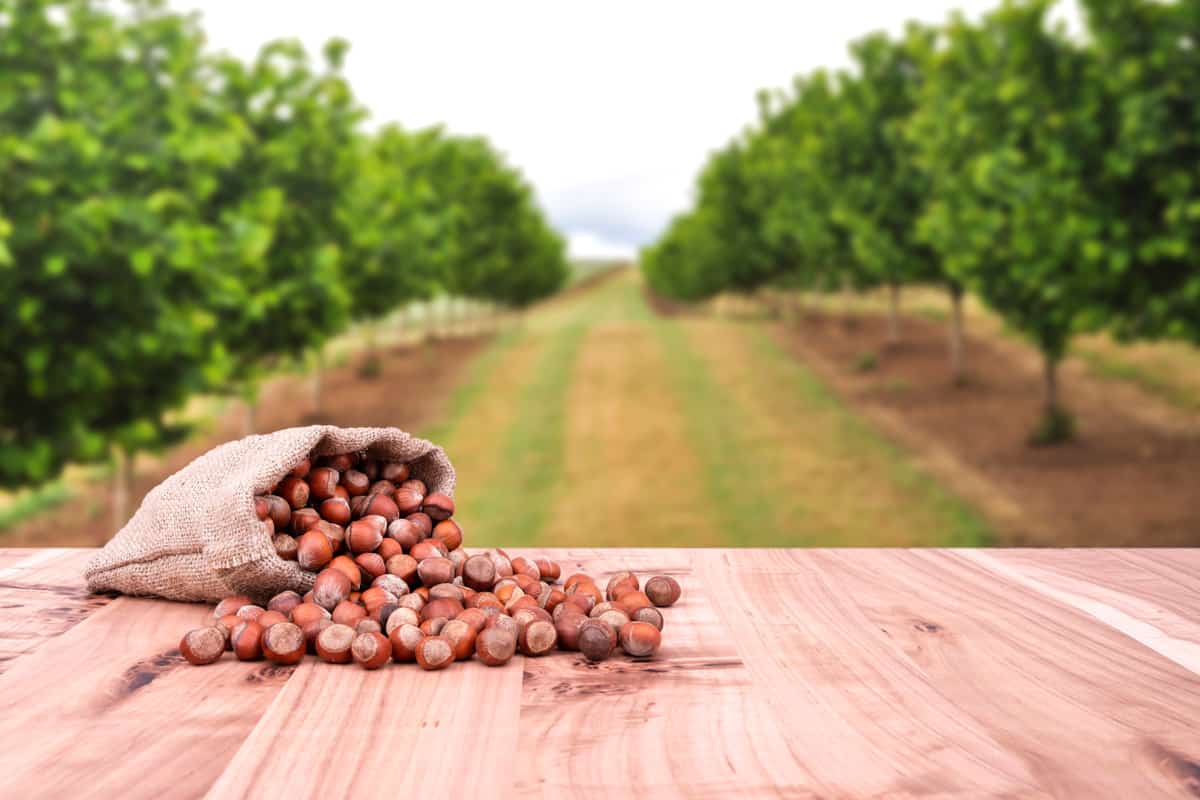
When it comes to the number of hazelnut trees you "need" for your garden, this comes down to their purpose. Typically, those planting hazelnuts to harvest the nuts annually want many trees.
Because hazelnuts aren't self-pollinating, your tree depends on another to make nuts. A general rule to follow is to plant at least two hazelnut trees with strong genetic differences.
Doing this ensures that one tree can pollinate the other and vice versa, leading to baskets of nuts in the fall when they're ready for collecting.
In addition, you want the hazelnut trees growing in your garden to be no more than 65 feet apart. This becomes crucial for your plants to interact, especially if the winds are low.
Remember, hazelnut trees rely on winds to carry pollen from one plant to the next. If they're too far apart, this puts added pressure on yearly wind conditions, which isn't always viable.
As we recommended earlier, 15 feet between hazelnut trees seems to be the sweet spot, so keep that in mind for your landscape. Keep them close, but not too close!
How Long Before A Hazelnut Tree Produces Nuts?
Depending on the size of your tree when you planted it, this will impact the nut-making timeline. Generally, hazelnut trees take 2-3 years to produce nuts if you grow them from semi-developed trees.
In contrast, growing a hazelnut tree from seed can take up to 8 years to see your first set of hazelnuts. Your tree should grow in a rounded shape, filling out pretty fast once it develops enough.
Cornell University states that most hazelnut trees will produce the highest yields during years 6 or 7, so consider it your plant's prime.
Hazelnut trees also tend to grow with a multi-stem shaping with a wide-spreading base. Eventually, your tree will shift focus to the height and branches above, where many future nuts will grow.
As we covered, hazelnut trees have male and female flowers. For example, the female flowers will be red, while the male catkins should be yellowish-brown.
Although your tree has male and female characteristics, it still needs another tree to cross-pollinate with. Therefore, if you grow a single hazelnut and wonder why it has no nuts, it requires a partner plant.
That's why growing multiple hazelnuts near each other is beneficial, which may result in faster nut production.
6-10" Hazelnut, Filbert Tree
This hazelnut tree comes pre-grown to 6-10 inches, requires full sun, needs moderate watering, will bear nuts within the next few years, and ships in a durable container.
Follow this link to view it on Amazon.
How Many Hazelnuts Can I Get From One Tree?
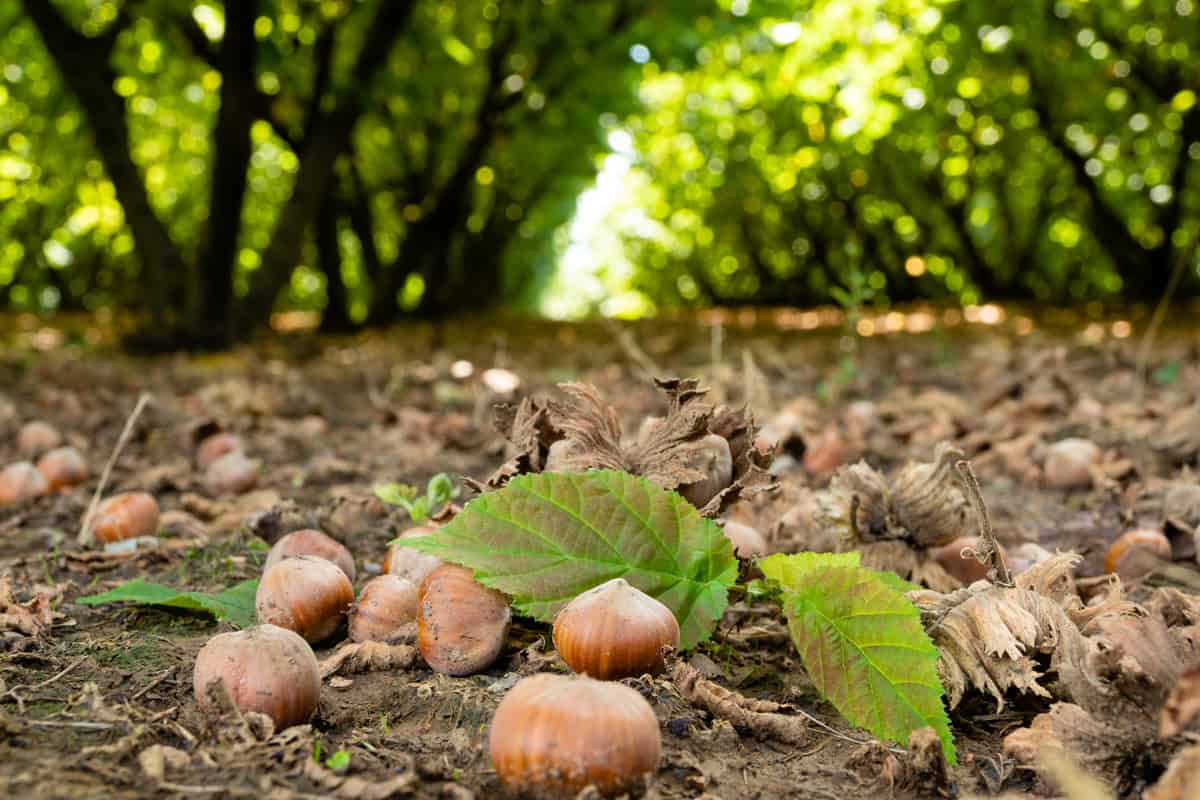
Although this number varies by the tree, most people can expect 25 pounds of nuts in one season. One of the benefits of growing hazelnut trees is that they continue to produce for an extended timeline.
Many gardeners have seen hazelnuts form and fall from their trees for 50+ years. This is an excellent crop for your yard and may be a great way to monetize your gardening.
Since the nuts from your tree(s) mature in late summer through early fall, you should be able to grab them from the ground or your tree's branches in October.
Hazelnuts, although tiny, can be used for various recipes and products, making them perfect for harvesting each year. Luckily, because you will have multiple hazelnuts planted for pollination, you should be able to collect as many nuts as your heart desires each fall.
As we said, the more hazelnut trees you choose to grow in your garden, the more nuts you can expect to have each year. However, one thing to remember is that it might take up to 8 years before your hazelnut tree makes a sustainable number of nuts, so this can be a long process.
Why Isn't My Hazelnut Tree Producing Nuts?
If your hazelnut tree isn't making nuts, it is likely due to its missing partner plant. As we covered, your hazelnut tree is not self-pollinating, meaning it needs another tree nearby for nut production and proper growth.
Many gardeners make the mistake of planting a single hazelnut tree, only to find it never makes any nuts. Another reason this may be happening is that your tree isn't big enough to sustain crops.
Sometimes, your hazelnut tree needs more time to mature before producing nuts, so give it 2 to 5 years to grow and develop its lower and upper branches.
On top of those factors, your hazelnut may also be planted with the same cultivars/varieties, which can lead to issues with nut production.
As we mentioned, you have to plant genetically different trees beside each other for nuts. Therefore, planting the same hazelnut tree throughout your landscape could mean zero nuts.
How Fast Do Hazelnut Trees Grow?
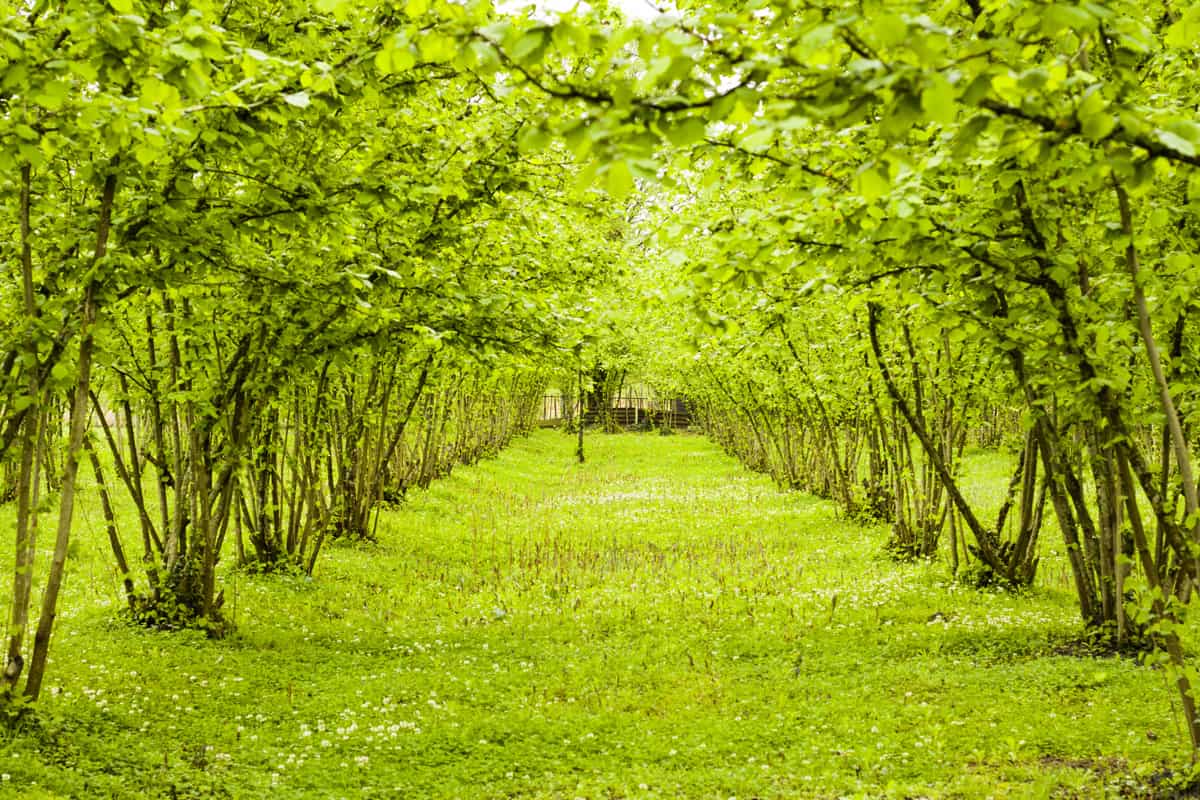
You can usually expect a hazelnut tree to grow between 13 and 24 inches annually. Of course, this won't always be the same for every tree, especially if the weather and growing conditions in your garden are not suitable for a hazelnut plant.
A main factor affecting nut production is your tree's early development. For example, a hazelnut tree that doesn't get enough sun, soil nutrients, or water could struggle to mature.
If your tree can't get big enough to sustain nuts, you might want to reconsider its current location. It's also worth mentioning that once hazelnuts gain momentum, they'll often grow quickly until reaching full maturity.
Your tree may start slow, but within a year or two, it should be able to exceed 1-2 feet annually. Especially if you live somewhere with great sunlight and access to water, your hazelnut tree will quickly mature and produce nuts.
Ideally, these trees should be planted in USDA zones 4-9, often preferring warmer climates with moderate winter weather.
To Wrap It Up
Whether you have a hazelnut tree in your yard or want to grow one, it's always good to understand their pollination process. We found that hazelnut trees do not self-pollinate but instead rely on a partner plant for cross-pollination.
Generally, this tree species needs to be grown along different varieties of hazelnut trees to see nut production around years 2-5. Your hazelnut trees should also be within 65 feet of each other to ensure the wind can bring the pollen from one to the next.
Your trees will depend greatly on the wind to cross-pollinate them, so the closer together they are, the less you need to rely on mother nature.
And while we have your attention, check out these related garden articles below!
Can You Grow An Almond Tree From An Almond? [Yes! Here’s What You Need To Know!]
Watch How This Gardener Gets Her Plants To Pollinate With One Easy Trick


